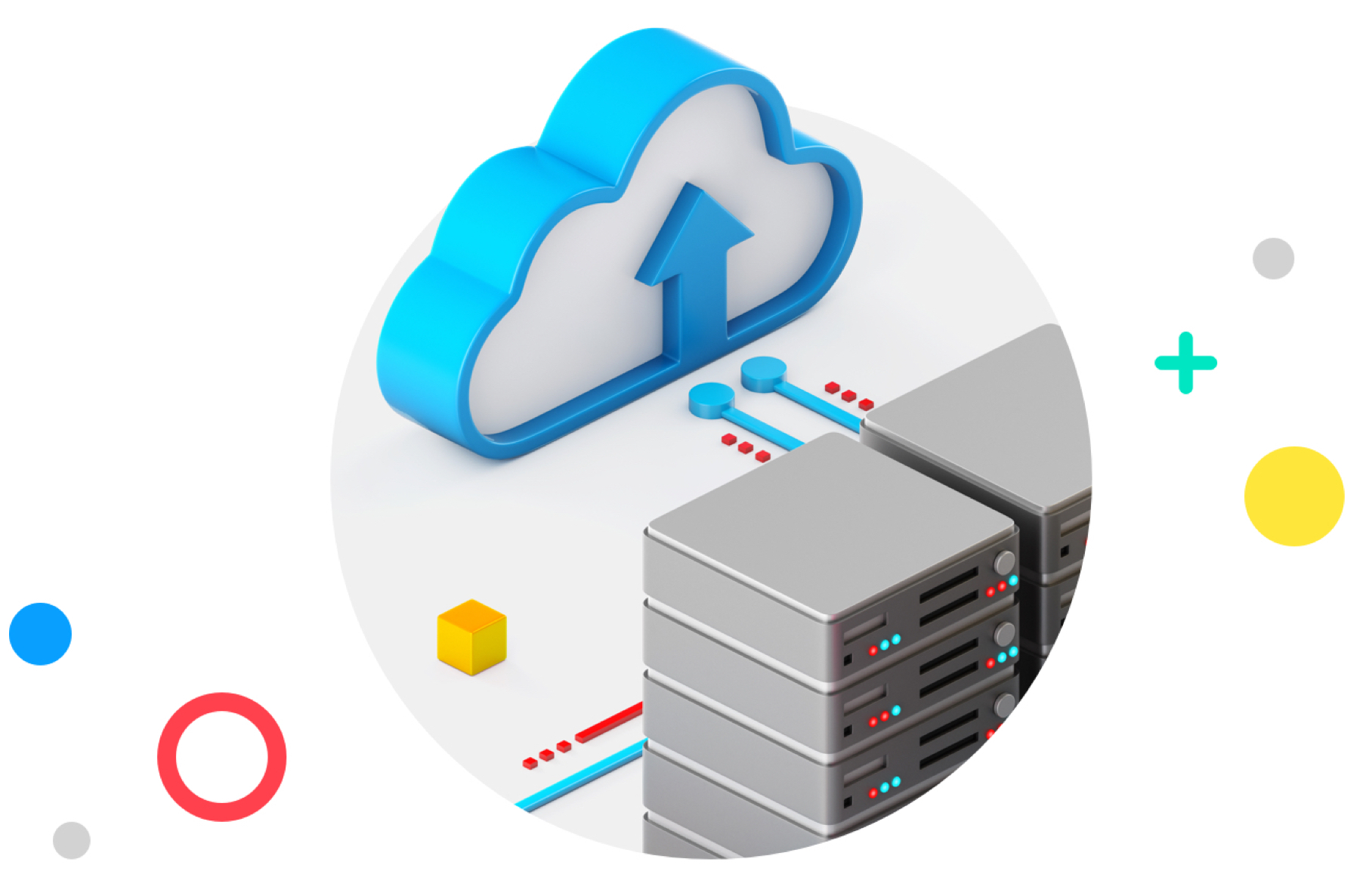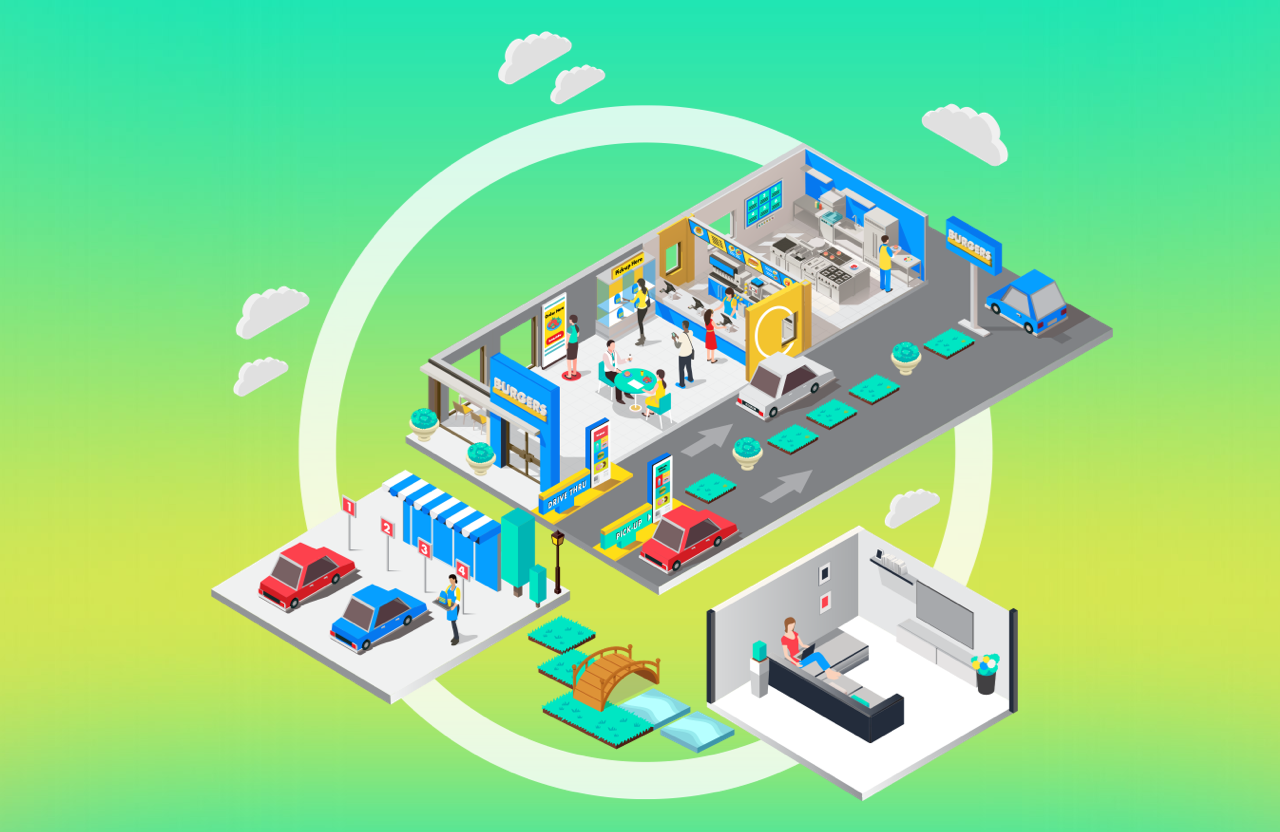What issue can we solve for you?
Type in your prompt above or try one of these suggestions
Suggested Prompt



Food & Dining
Designing the Digital Menu Board of the Future
Designing the Digital Menu Board of the Future
Digital signage has played a role in customer experience at quick-service restaurants (QSRs) for years, with large-scale rollouts focusing on front counter and drive-thru digital menu boards in particular.
But what’s next for this key technology?
A huge opportunity for fast food, fast casual and QSR restaurants lies in connecting rich customer data to digital menu boards themselves. Fast food and fast casual restaurants are prioritizing digital signage upgrades, with a variety of approaches being taken by major chains. Starbucks has implemented AI-powered digital signage in their restaurants, while McDonald's and Wendy's have personalized their drive-thru menu boards based on the time of day. Additionally, KFC and Taco Bell have simplified their menu boards and offer specific recommendations to customers.
In this article, we’ll break down how restaurants should be thinking about digital signage in the era of artificial intelligence and automation, and what the future of digital menu boards will look like on-premises and in the drive-thru.
How do digital menu boards work?
Digital menu boards use APIs to connect with content management systems, enterprise resource planning technology, point-of-service systems and real-time customer purchase data to create a dynamic digital menu that's consistent across channels. Next-generation digital menu boards may soon have less in common with analog menus than with mobile applications, where the board can be used to curate and personalize the menu in restaurants or at the drive-thru.
Currently, many QSRs incorporate slight seasonal variations into their menu items and occasionally make more frequent changes for limited-time offers. However, they do not fully leverage data to support real-time menu optimizations.
How to design a next-generation digital menu board
To design a dynamic digital menu board, restaurants need to integrate actionable data to fine-tune the products displayed at any given time.
For example, Publicis Sapient’s digital signage solution, Premise, not only presents current menu options at the drive-thru and on-site but also allows restaurants to integrate third-party and customer data sources to personalize menu options in real time.
What kinds of data should feed into digital menu boards?
- Weather data
- Time of day/dayparting
- Store-level and regional sales
- Loyalty data
At the same time, all of this data can provide a tailored experience that helps customers order faster, curates items they are most likely to try for the first time or reinforces that they are earning or using points as expected. This has the potential to increase confidence and speed in the drive-thru.

The future of digital menu boards
There are clear benefits to implementing digital menu boards with a strong system design and limited need for digitization, with greater levels of flexible content authoring directly in the content management system. Robust analytics and A/B testing, when paired with a flexible system design, offer the ability to experiment and optimize product merchandising.
These are the top capabilities for digital menu boards of the future, which will soon become the baseline for the restaurant industry:
1. Hyper-personalized digital menu boards
Customer wayfinding on drive-thru digital menu boards can present a challenge. What’s the optimal way to guide customers to premium items, increase ROI and decrease wait times? Many restaurants have simplified their digital menu boards to reduce the number of available items from 85 to under 20.
Restaurants are also focused on personalizing these simplified menu suggestions based on third-party and customer data. This includes regional sales data, weather, time of day and other factors. Some restaurants are even greeting customers by name on digital screens based on geolocation and loyalty information.
Restaurants need to consider customer experience when scaling hyper-personalization. If customers get used to being addressed by name at Wendy’s, they will be frustrated if they arrive at a Taco Bell drive-thru with an outdated digital experience.
2. Automated, AI-driven real-time updates
At the same time, digital menu boards on-premises and in the drive-thru need to be connected to inventory and POS data, automatically updating to reflect stock-outs, price changes and availability.
The next generation of this real-time data integration for digital menu boards is AI-driven message updates that require little to no intervention from staff members. With the advancement of AI ordering at many chains, it’s crucial that AI orders can reflect on-screen in real time, and that these channels are perfectly in sync.
3. A/B messaging testing driven by generative AI
Beyond real-time updates for price changes, stock-outs and new menu items, generative AI presents an opportunity to test messaging across customer segments dynamically.
For example, next-generation digital menu boards can A/B test promotional copy and images for new premium items across different times of day and different restaurant locations, leading to marginal lifts in sales.
The power of generative AI comes in how quickly and efficiently restaurants can create and update images and text, making the cost of content creation worth the output of increased sales.
Build your next-generation digital menu boards with Publicis Sapient
Publicis Sapient’s digital menu board solution, Premise, balances the flexibility to drive highly integrated customer experiences with out-of-the-box capabilities expected from an off-the-shelf digital signage solution.
This offers reliable offline operation with robust content scheduling while supporting real-time personalization and commerce.
Contact us to learn more about this adaptable, next-generation platform.
Related Articles
-
![]()
Premise
Premise is a fully adaptable platform that enables in-venue experiences leveraging content and data in ways that are meaningful and effective.
-
![]()
-
![]()
Seize the Space in Food & Dining
Learn how we can help brands in the restaurant industry and fast food industry evolve their digital offerings to become data-led organizations.








